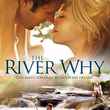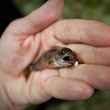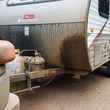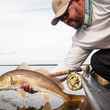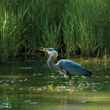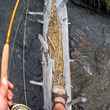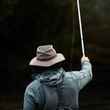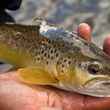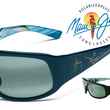RIO has been busy over the last few months, introducing a bevy of new lines to its arsenal. Its "Outbound" saltwater lineup saw the addition of new lines and shooting heads, it added two new lines for stillwater anglers, its list of spey and switch offerings grew, and its trout lineup was refreshed and expanded with the addition of a new line for indicator fishing and one specifically designed euro-nymphing styles. Today, RIO announced another expansion to its selection of trout lines with the introduction of its new In Touch RIO Gold line.
The RIO Gold is a long-time staple in RIO's lineup and its best selling line. This new "In Touch" RIO Gold builds on that success by combining a host of technologies found in other RIO products -- including RIO's "ultra low-stretch" ConnectCore, SureFire line coloration system, Easy ID Tag for quick line identification, MaxFloat Tip and MaxCast line coating -- with its very popular Gold taper. According to RIO, the improvements result in a line that offers faster hook sets, increased sensitivity, improved accuracy and better distance.




